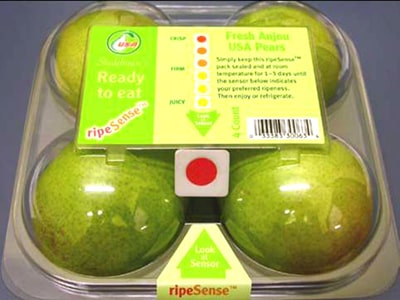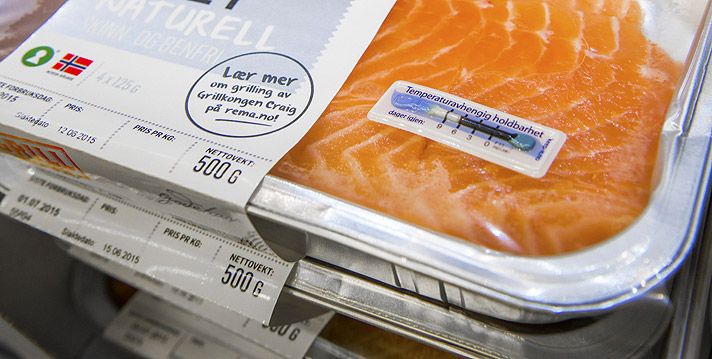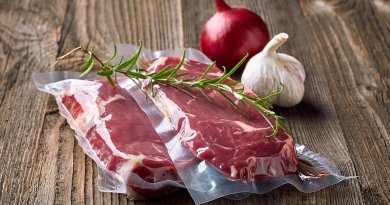What is smart packaging?
The definition of “smart packaging” can be traced back to a meeting in London in 1992. Generally speaking, smart packaging refers to providing information on the quality of packaged food during circulation and storage by detecting the environmental conditions of packaged food. Integrating technologies such as machinery, biology, electronics, chemical sensors and network technology into packaging materials can make ordinary food packaging realize many “special functions”. Commonly used food intelligent packaging forms mainly include three types: 1. time-temperature type, 2. gas indication type, 3. freshness indication type.
The different types of Smart Packaging:

- Time-temperature type smart packaging mainly uses time and temperature indicators to record the continuous process of food temperature changes during storage and sales, and predicts the quality changes of food in this way to ensure the perishable food in safe condition. According to the different types of indicator which been used, it can be divided into four types: physical type, chemical type, biological type and enzyme type.
- Gas-indicating type smart packaging can monitor changes in the gas in food packaging and react with specific gases in the packaging to monitor the freshness of the food in the packaging and indicate whether the packaging materials are damaged. According to the different types of gas detected, the gas indicating type smart packaging can be divided into carbon dioxide type, oxygen type, volatile sulfur-containing compounds type, volatile nitrogen-containing compounds type and ethylene comprehensive type, etc.
- Freshness-indicating type smart packaging often predicts the freshness of food by the reaction of food metabolites (such as glucose, ethanol, organic acids, adenosine triphosphate degradation products and biogenic amines) with indicators. The indicators used include microbial indicators, chemical reaction color change indicators, etc.




